It was the year 1931 when Arvind Limited started operations with a share capital of Rs 2,525,000. With an eye on manufacturing the high-end superfine fabrics, the company invested in sophisticated technology. With 52,560 ring spindles, 2552 doubling spindles and 1122 looms it was one of the few companies in those days to start along with spinning and weaving facilities in addition to full-fledged facilities for dyeing, bleaching, finishing and mercerizing.
Steadily producing high quality fabrics, year after year, Arvind took its place amongst the foremost textile units in the country.
“We have had a long journey. We started off by making fabrics for domestic consumption – cambric and voiles. In time, we evolved. By 1982-83, the company promoters saw potential in launching denim in India with the foresight that someday this fabric would become large on the global platform,” says Chief Marketing Officer at Arvind Limited – Lifestyle Fabrics – Denim, Saurabh Samnol.
Today, Arvind Lifestyle’s product categories range from rigid denims to stretches, knits, woven, top and bottom weights and several others. Their current capacity is about 110 million meters p.a. and the company has a 30 million capacity for indigo shirting. Over the years, Arvind Lifestyle has gained a sizeable reputation and is now one of the largest suppliers of denim fabric to the Indian fashion retail industry with 39 brands under its belt.
VF India, Spykar, Mufti, Killer, and Jealous 21 are some of the Indian brands it works with and GAP, Levi’s, H&M, Zara, and Marks & Spencer are some of the company’s top business partners internationally.
The domestic retail market is extremely important for Indian denim fabric manufacturers. In fact, the relevance of the domestic market is evolving very quickly. As more international brands come in India, as the organized retail expands, as Tier II & III cities and towns in India become more fashion conscious and denim gains their attention, as the demographic changes, and culture of organizations changes, where denim is becoming a way of life in India, the sky is pretty much the limit.
Fortunately for the company, the most preferred denim varieties in India are quite different as those in Western markets. India has its own aesthetic sensibility around denim, and it is more inspired by the European design rather than the American design.
“We’re the largest brand owner in the country, with 39 brands under our belt, in terms of the number of doors, we are the second largest after Madura,” says Samnol.
Evolution of the Denim Market
Denim fabric is growing in particular at 10-12 per cent per annum. In the domestic denim market, there is a lot of over-supply; against installed capacity of 1.4 billion, the demand would be close to 7-800 million metres.
It is a constantly evolving industry. The global and domestic demand for denim is increasing, but there is clearly a pyramid structure. There is a mass market for commoditised denim and a market for fashion denim. There are also markets for functionality and performance, and Arvind Limited is playing on the mid-premium part of the market.
“We focus equally on fashion and performance aesthetics,” says Samnol.
He says that the market has – over the years – evolved from being 100 per cent cotton to almost 95 per cent stretch. He says that the company has recently introduced Azurite (indigo by indigo collection), Flip Denim, 360° MUTANTS™, XL MUTANTS™, and Faux Leather as some of the new categories for the domestic market, keeping in mind the new ‘stretch’ trend.
Stretch denim has evolved from 10 per cent to almost 95 per cent of the company’s business today. “Within that, there is a lot of focus on controlled parameters, stretch, recovery, growth, the definition of stretch percentages has changed, with high-stretch, multi-blend fabrics coming in,” he says.
With changing trends and new technology, an upward trend has also been seen in the prices. “There’s been a dramatic increase in cost over the last one year as cotton moved from 31,000 level to 42,000 level. Obviously, there’s also upward movement in dyes and chemicals as well; overall costs have gone up,” Samnol explains.
Despite the increase in prices, the company has been clocking profits every year. From Rs 1900 crore in this past financial year, Arvind eyes a substantial growth and is aiming for Rs 2000 crore in the coming fiscal, with a 6 per cent growth rate. In terms of volumes, the CAGR has capped at around 2-3 per cent and Arvind Limited – Lifestyle Fabrics expects it to remain at similar levels as there is a major thrust in value-addition in its products.
The company is not investing in capacity building at the moment, but plans on exploring new markets in both India and abroad.
“In India, we clearly see our reach increasing to the national and second tier brands in India, because organized retail is on an up, so business will mature. Internationally, we’ve clearly defined our way to work in US and Europe and our entire focus is narrow and deep,” he says.
In as far as online retail goes, Samnol says, “Arvind Internet, established in 2013, is an effort from us to build India’s first Omnichannel fashion shopping experiences, seamlessly integrating clicks with bricks. Arvind Internet kicked off with custom clothing platform CREYATE in 2014, and launched the omni channel retail platform NNNOW in the summer of 2016.”
“We want to take a lead on our core principles of design, innovation, and sustainability, and entire focus is, as I said, on augmenting capabilities. We are now trying to move very quickly on an innovation pipeline. Similarly, environmental socio-economic sustainability is a big theme for us,” he adds.
Innovative Designs for Evolved Sensibilities
Samnol says that the domestic denim market is more fashion oriented than before, so, rather than innovations, there is greater focus on value-addition such as finishes, hand-feel, etc.
“Our products like MUTANTS™ which are woven knits, have taken the country by a storm, with features such as higher stretch ability, controlled parameters, at work,” he explains.
“The macro trend remains the same – stretch denims; it is not moving back to rigid, we see a trend toward lighter weight fabrics; there is a trend towards functionality and performance,” he adds.
Top Challenges for The Denim Fabric Industry
From an export perspective, India doesn’t have a preferential trade agreement with anybody, globally, so we are still focussed on shipping our fabrics to the neighbouring countries from where they are converted into garments, and there are a lot of non-tariff barriers and very strong competition from Bangladesh and Pakistan because of which the overall exports are suffering.
In the domestic scenario, there is an over-supply situation, which is pulling down the pricing capabilities and overall, if you see, the margins are under tremendous pressure as the cost of raw materials are expanding very quickly.
The scope for innovation in classical denims is very limited, so now we need to challenge the limits of jeanswear sensibility.
Samnol says that the best ways to overcome these challenges is to imbibe the ability to innovate. “It is also essential to have preferential trade agreements for the country, enabling a spurt of garmenting ability,” he concludes.





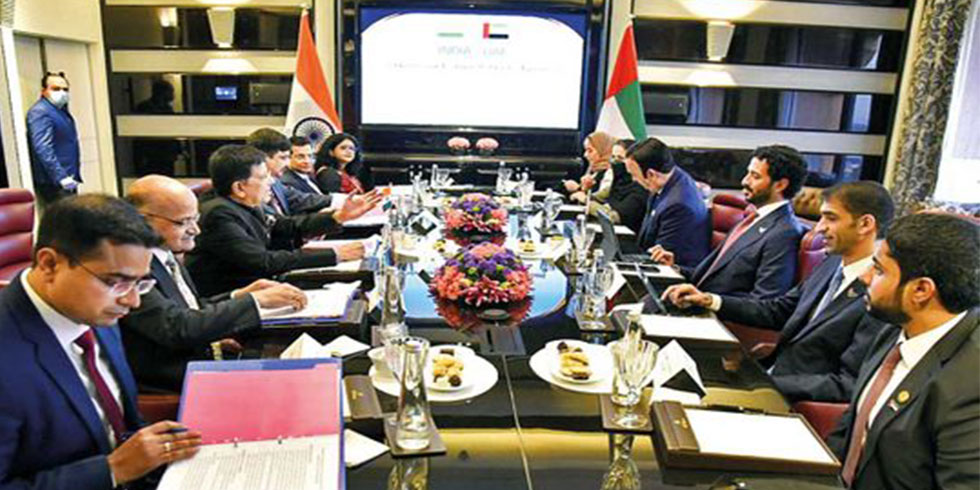
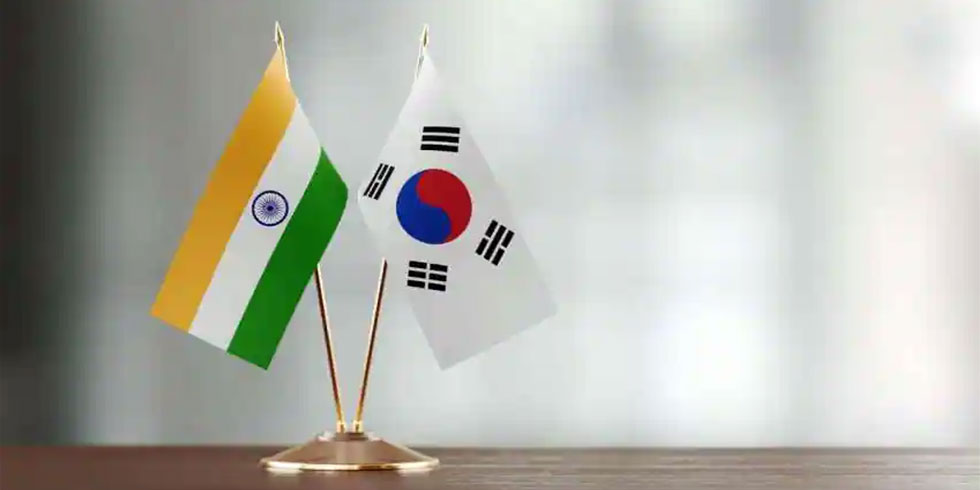

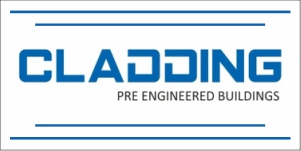
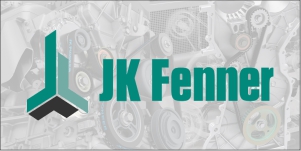
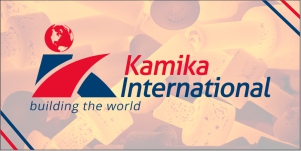

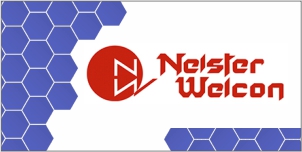
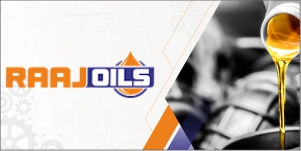
Add Comment